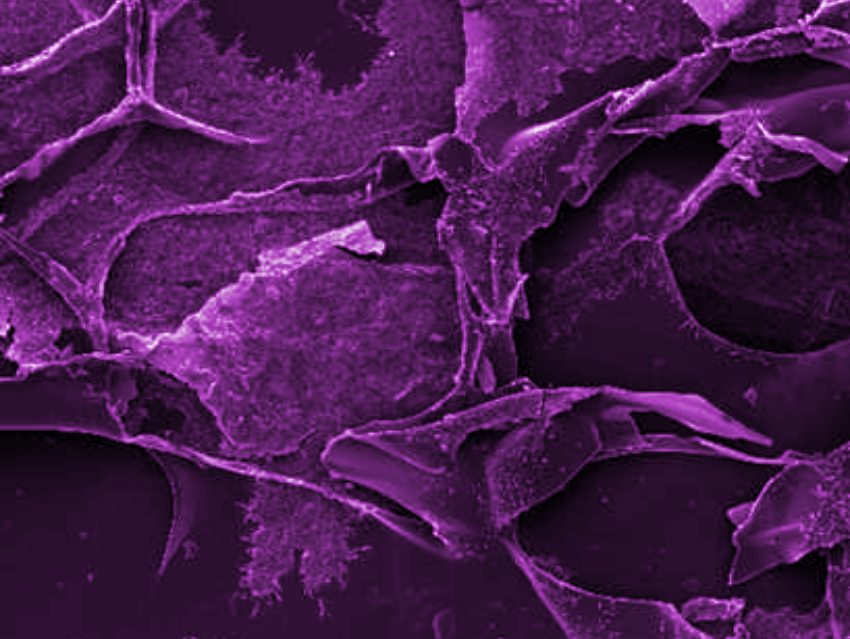Wastewater that contains food dyes needs to be disposed of carefully since food dyes are non-biodegradable and may harm marine species by interfering with the photosynthetic process. Different removal methods are currently used, e.g., membrane filtration, chemical oxidation, or ion exchange. Compared with these methods, adsorption has the advantage of being efficient and simple to operate.
Chitosan is a low-cost, environmentally friendly adsorbent that is biodegradable and nontoxic. It is a polysaccharide composed of acetylated and deacetylated D-glucosamine monomers. Chitosan can be obtained from crustacean shells (e.g., shrimp) and contains large numbers of hydroxyl and primary amine groups. These adsorption-active sites are responsible for the adsorption efficiency of the polymer.
Luiz Antonio de Almeida Pinto, Federal University of Rio Grande, Brazil, and colleagues have created chitosan-based hydrogels for the removal of food dyes from solutions. The team added activated carbon and glutaraldehyde to a solution of chitosan in acetic acid and freeze-dried the resulting hydrogel. The material was successfully used for the adsorption of the dyes food blue 2 and food red 17.
The addition of activated carbon increases the hydrogel’s durability and enhances its mechanical properties. It provides higher porosity and additional active sites, which increases the adsorption capacity. Desorption studies showed that the hydrogels could potentially be reused for up to five cycles. This makes them potent adsorbent materials to efficiently remove food dyes from wastewater at low costs.
- Single and Binary Adsorption of Food Dyes on Chitosan/Activated Carbon Hydrogels,
Janaína Oliveira Gonçalves, Keli Arruda da Silva, Estéfani Cardillo Rios, Marselle Martins Crispim, Guilherme Luiz Dotto, Luiz Antonio de Almeida Pinto,
Chem. Eng. Technol. 2018.
https://doi.org/10.1002/ceat.201800367



